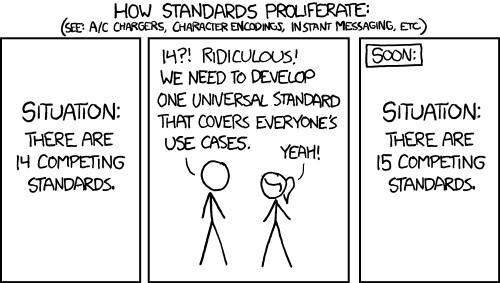There are some very good reasons why this is not done on -all- lasers.
One thing most have in common is that the housing also serves as one of the electrical connections (normally the spring/endcap one). In case of case-isolated diodes you can choose to follow the convention you mentioned without any problems.
However, there are some laser diodes that have their case connected to the -anode-, most notably 808 nm pump diodes for DPSS lasers. As the diode voltage is also pretty close but lower than the cell voltage (when using lithium at least, or 2 AA/AAA in series), the most practical solution is to have the case connected to the battery positive and use a low drop linear regulator on the negative side.
Sticking to the 'case must be connected to battery negative' would require a voltage inverting switchmode driver that would add nothing in effieciency but a lot in cost and complexity. The only other alternative would be to electrically isolate the laser diode from the pointer body, but that's something you really want to avoid because isolating something electrically usually also means a far worse thermal connection.
So no, it's not just stubborn people and standards, there is in some cases a very good technical reason for it... but you could still design the things such that they do not make physical contact if you have batteries with a nipple on them, or perhaps use a mosfet reverse voltage protection otherwise.




